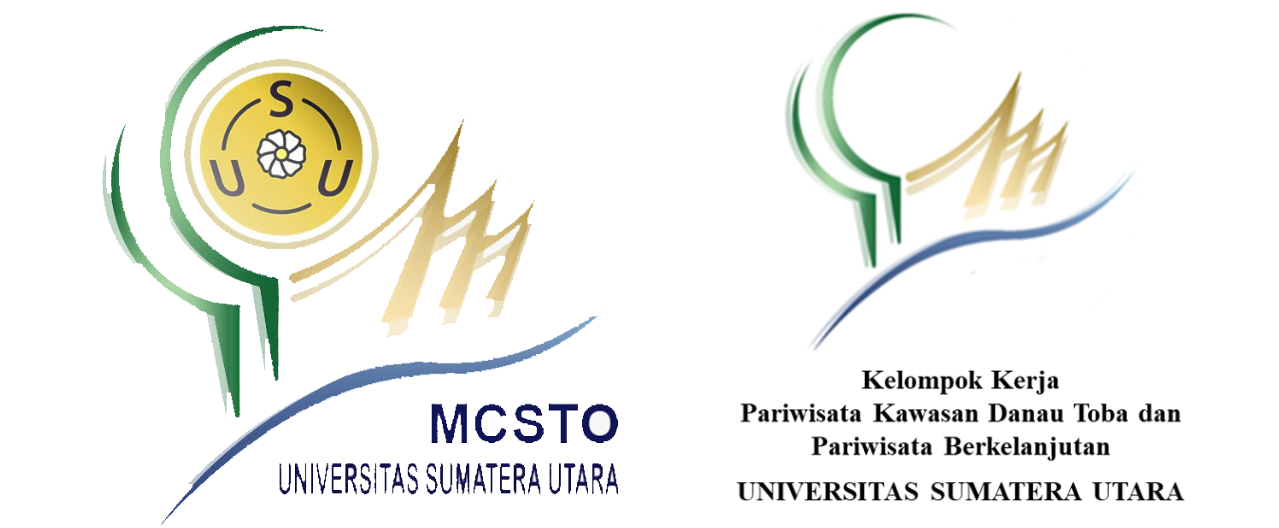Study Of The Elements Of Facade Of Colonial Buildings, Case Study: Palm Oil Research Centre (PPKS) And Agency Of Sumatera Plantation Companies (BKS - PPS)
DOI:
https://doi.org/10.32734/koridor.v11i02.4645Keywords:
Colonial Building, Elements of FacadeAbstract
Dutch plantation expansion in the city of Medan left many historical buildings. The plantation building is a historical legacy that must be preserved. G.H Mulder was one of the architects of the time, with his work on the Palm Oil Research Center (PPKS) and the Sumatra Plantation Cooperation Agency (BKS-PPS). The facade is an inseparable element of the architectural product, which is the first element that we capture visually. This research studied and analyzed the elements of colonial architecture that form the facade of The Plantation Development of the Oil Palm Research Center (PPKS) and the building of the Sumatra Plantation Cooperation Agency (BKS-PPS). The research method used in this study is a qualitative method with variables such as walls, columns, doors, windows, vents, roofs, balcony, and ground floor zones. The study founded that the two estate buildings had the characteristics of the transitional colonial architectural period, accompanied by a grouping of similarities in the elements of the two facade. Despite having the same function, architect, and construction period, the two buildings still have differences in the characteristics in facade elements and the visual quality.
Downloads
References
Setiawan, Dedi, 2016. Typology of Changing Facade Element for Commercial Buildings at West Jakarta's Puri Inda Road Drive Research journal, Vol 6 No.
Krier, Rob, 2001. Architectural Composition. Jakarta : Erlangga.
Ching, F. D. K, 1994. Architecture Form,Space And Order. Jakarta: Erlangga.
Wiryanartono, Bagus, 2016. Architectural Composition: Appreciation of Cases in Indonesia. Jakarta: Erlangga.
Hadinoto, 1996. Development of the City and Dutch Colonial Architecture in Surabaya 1870-1940.Yogyakarta: ANDI.
Satori, Djam’an’ Aan, Komariah, 2009. Qualitative Research Methodology (ALFABETA).












